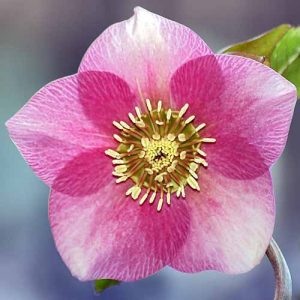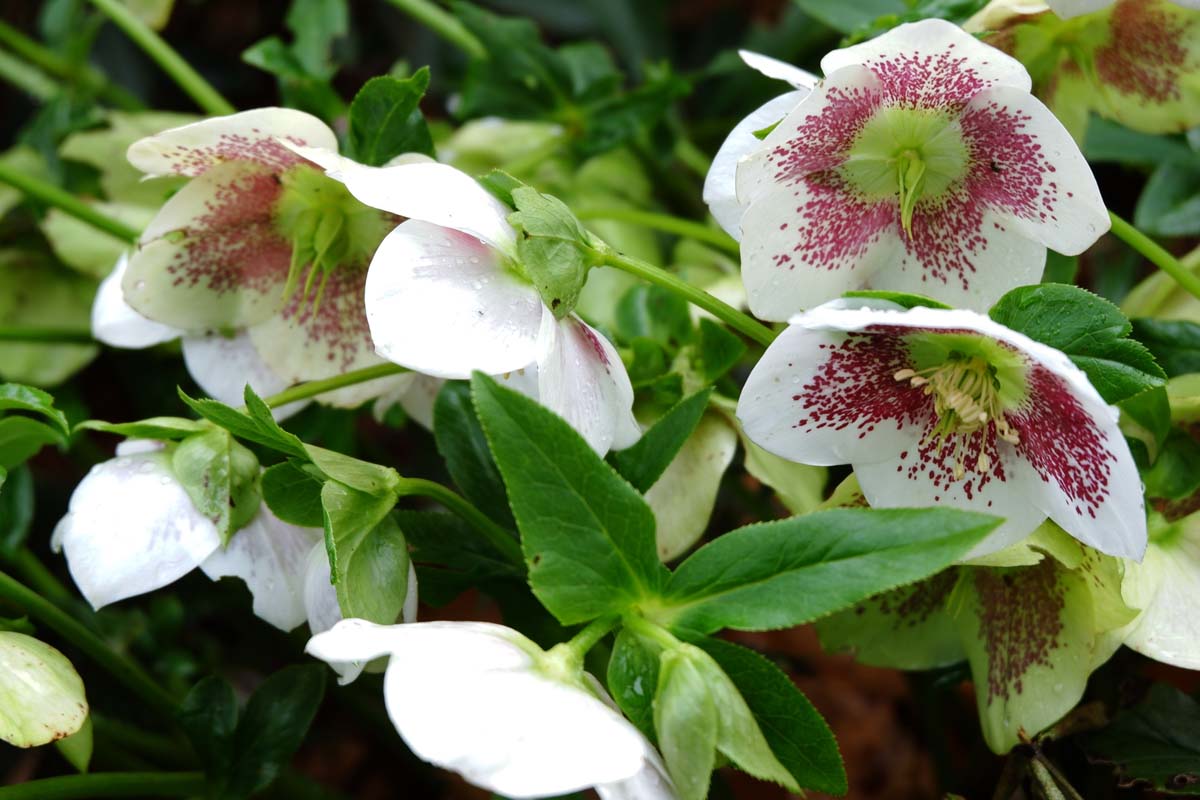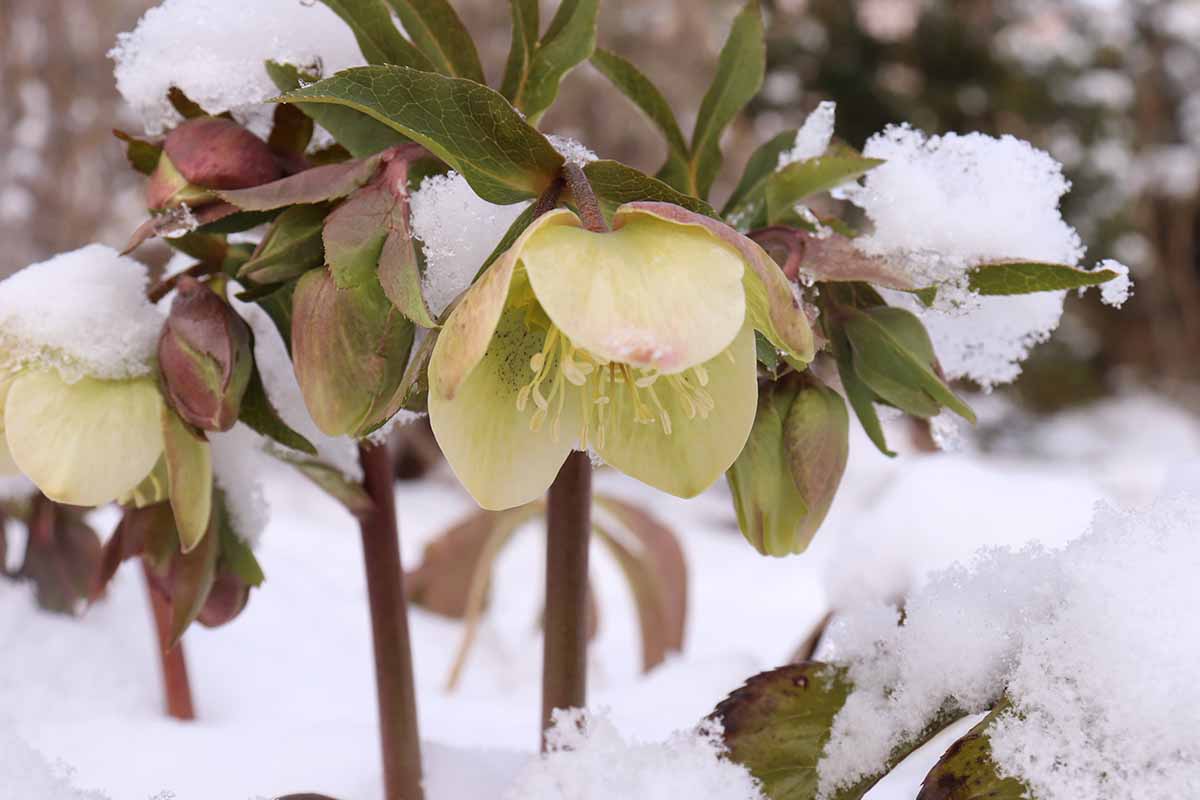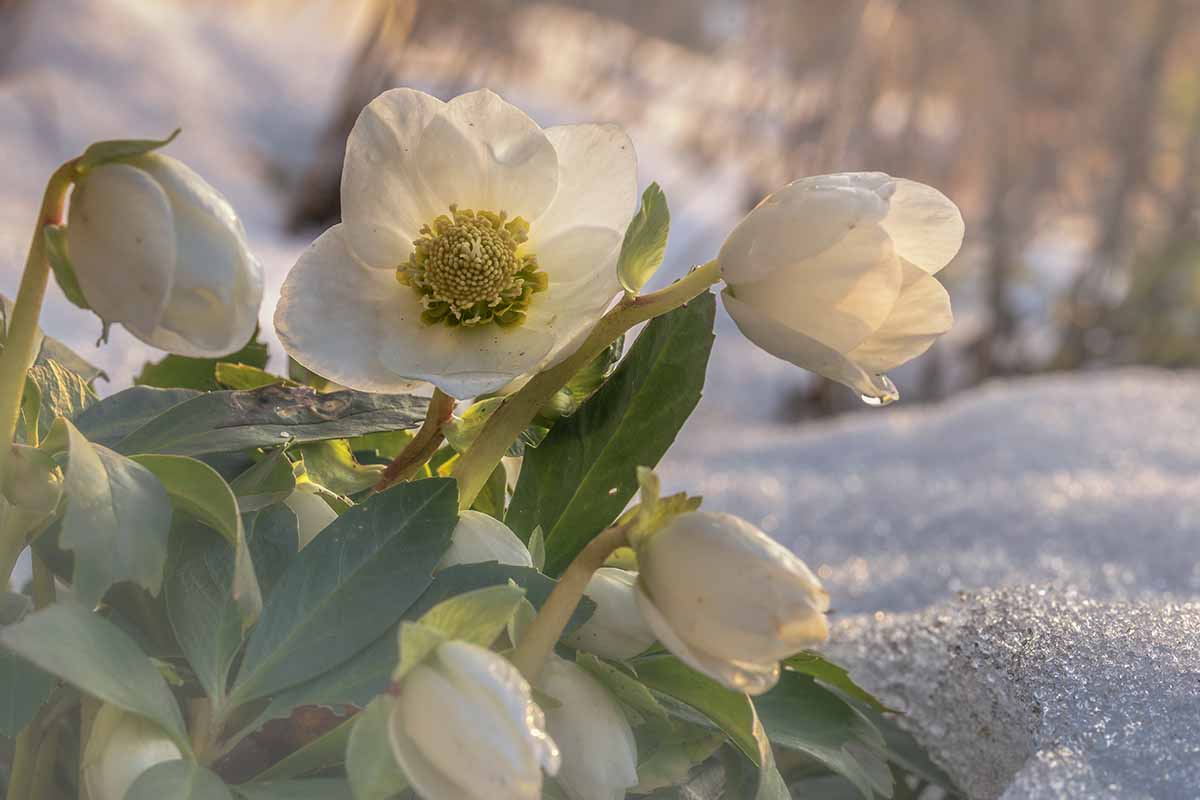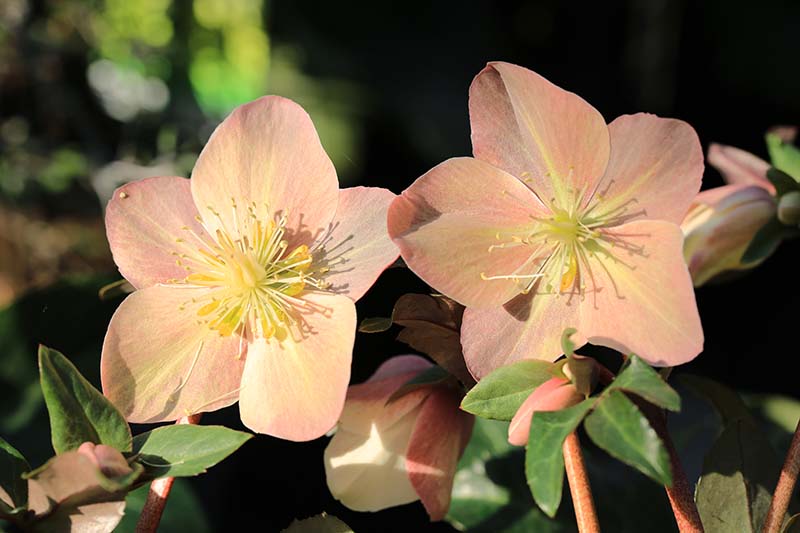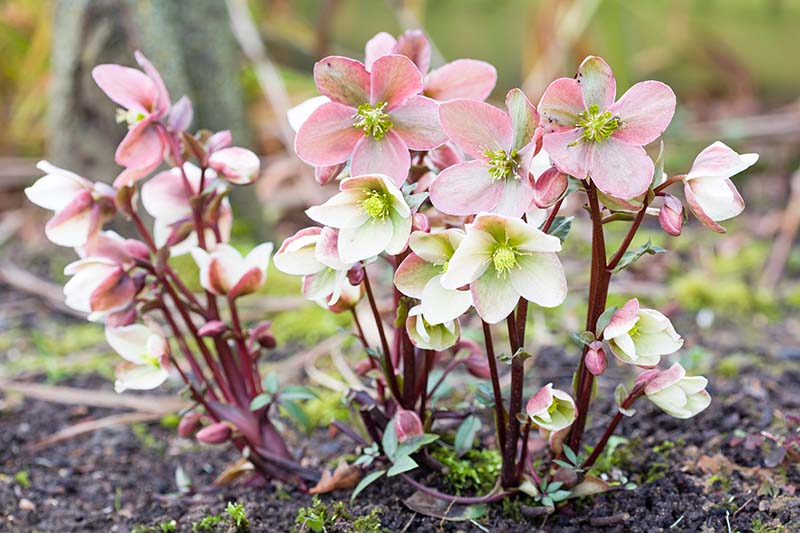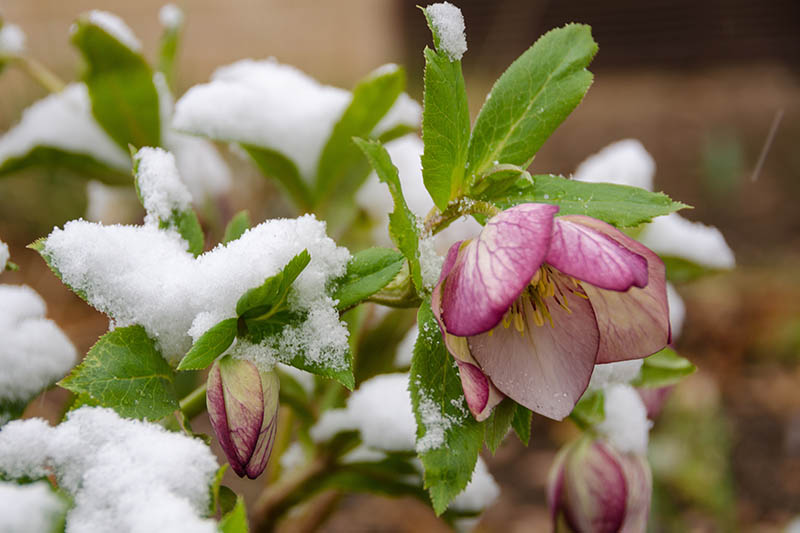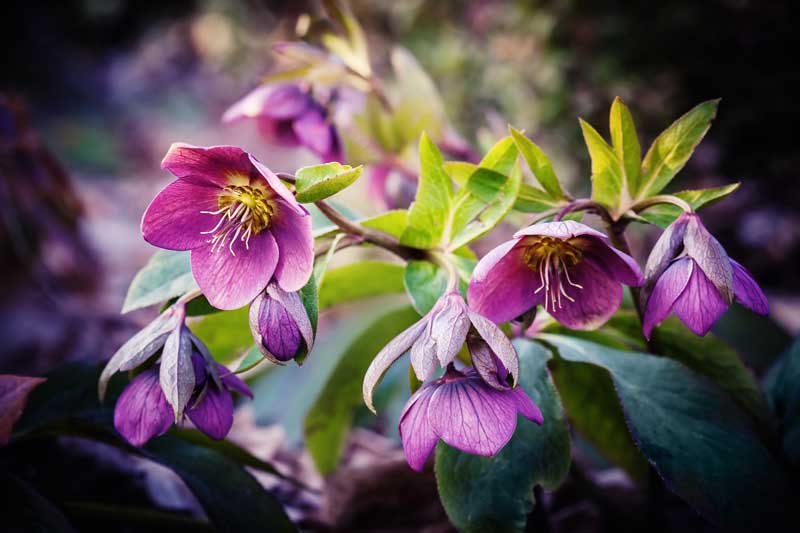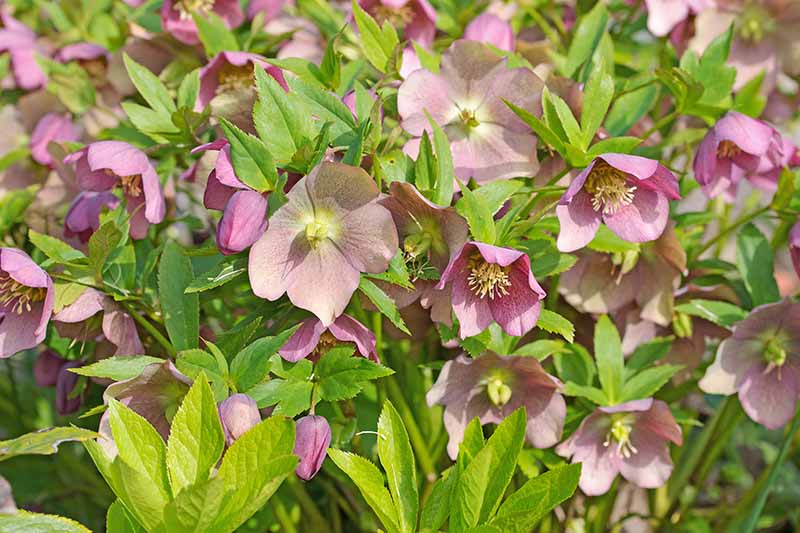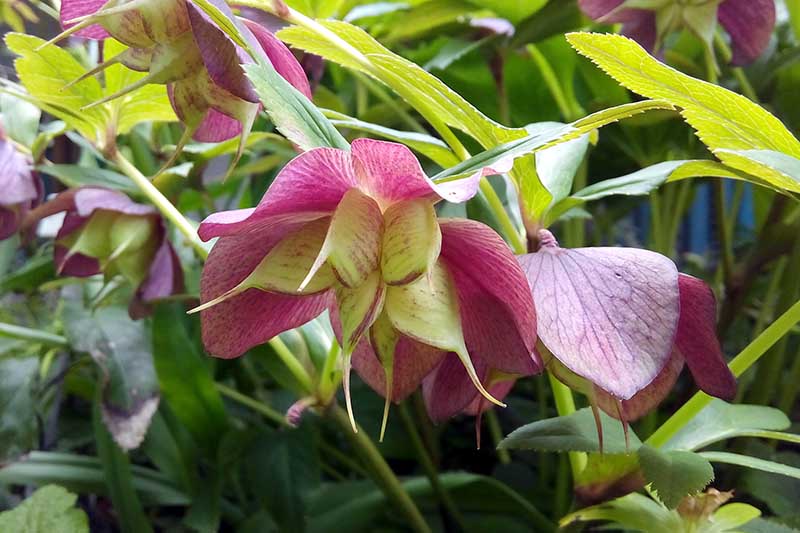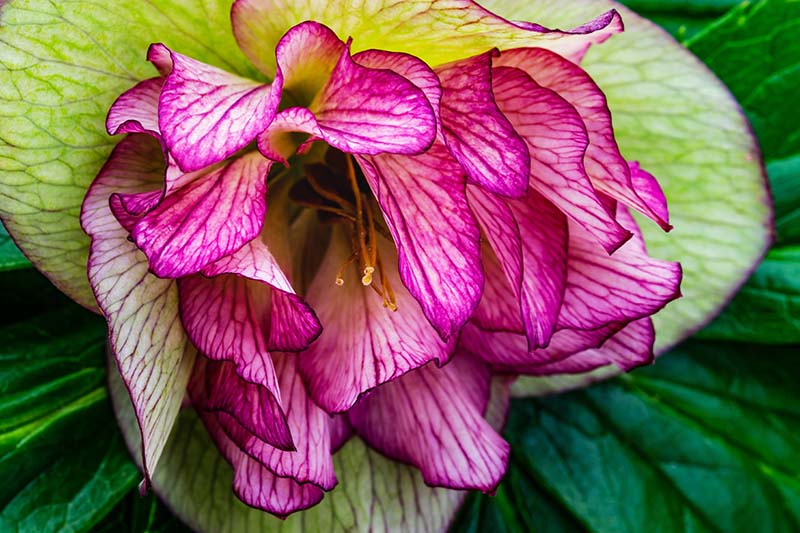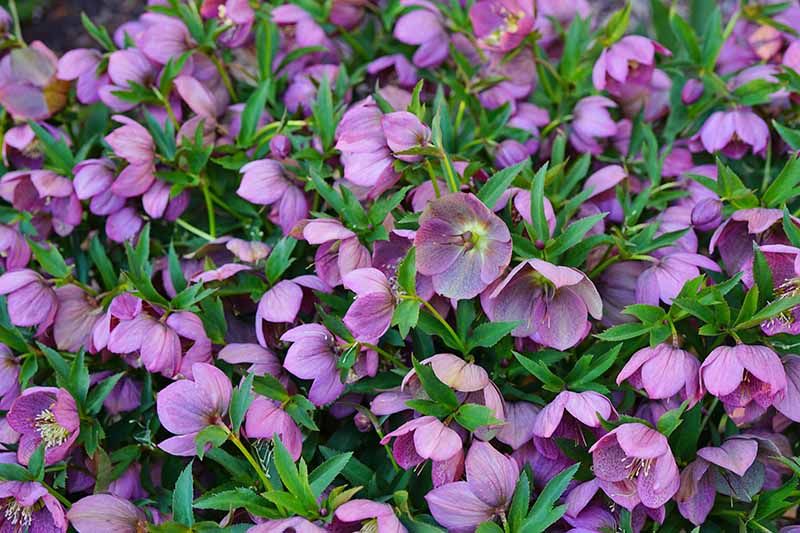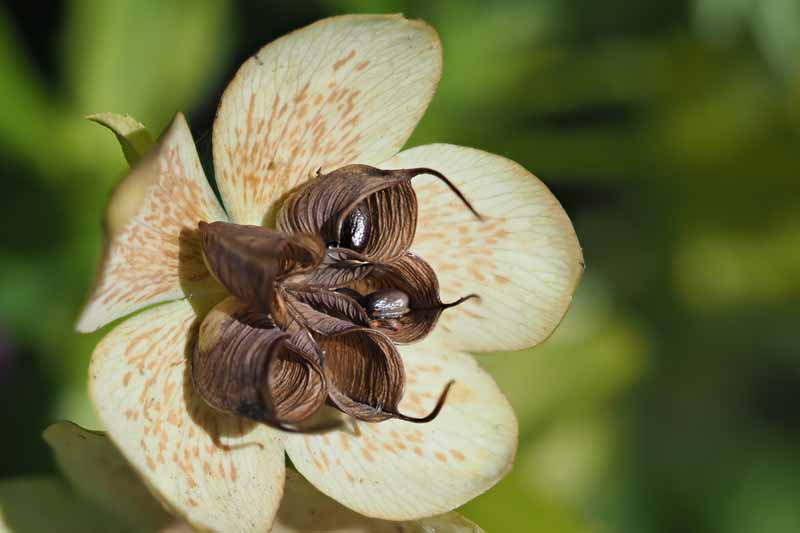How to Divide and Transplant Hellebores
Hellebore is one of the earliest plants to bloom, often popping up right through the snow. If you love it, why not learn how to propagate your own? By dividing your plants and replanting the divisions, you can have more wherever you like, and save money in the process. Read more now to learn how easy it is.
